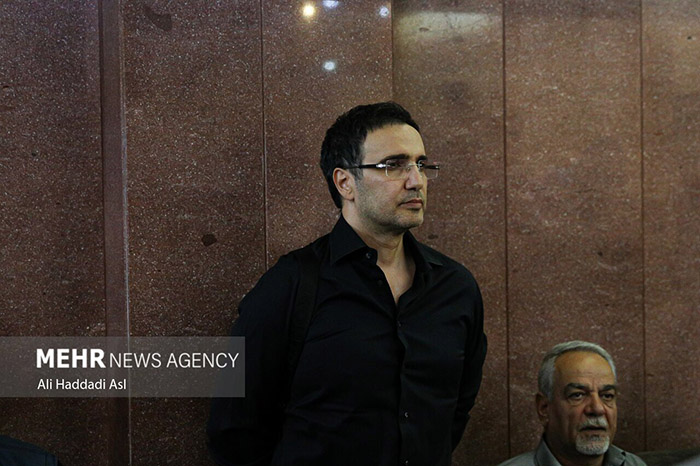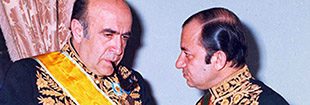With The House, Farrokhzad introduced the two elements of body and religious motifs into the Iranian New Wave. Farrokhzad reads from the Old Testament: “For I’ve been made in strange and frightening shape. My bones were not hidden from you when I was being created in the hidden, and was being molded in the bowels of the earth.” In The House the body is diseased, photographed, and in ruin. The dominant human body here is a figure of excess, its flesh either constantly in lack or in overflow. This is a body in complete alterity to that healthy productive body of progressive history, an ideal that modern Iran has been fully committed to for a very long time. The human body’s excess here is also a feature of the uncanny.
Margins of the funeral ceremony of Reza Davodenjad
[custom_adv]

